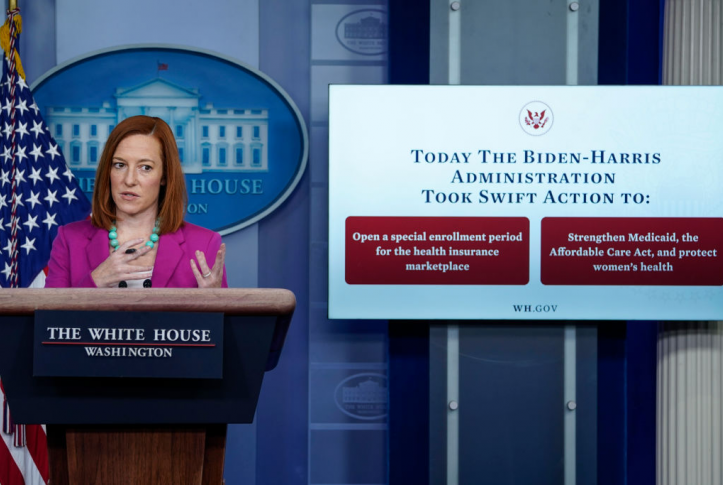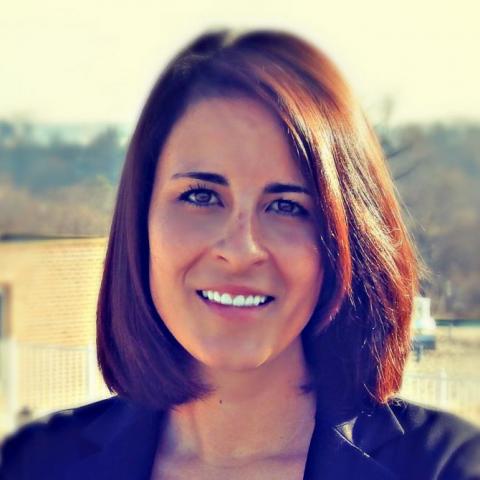The Biden administration is considering a new special enrollment period (SEP) that would make it easier for people with low incomes to enroll in marketplace coverage throughout the year. This could help increase enrollment among uninsured people who qualify for, but are not enrolled in, affordable marketplace coverage.
The Challenge
Consumers have limited opportunities to enroll in marketplace coverage. Those who do not enroll during the annual open-enrollment period may not be able to enroll later unless they experience a qualifying event (e.g., losing other coverage, moving, or having a baby). Federal officials have broad authority to establish marketplace SEPs and have created new ones over time.
Yet SEPs are underutilized. Between 8 million and 10 million Americans are estimated to become eligible for a marketplace SEP each year, but few enroll. One study found that fewer than 15 percent of uninsured SEP-eligible people enroll in coverage. Low SEP enrollment contributes to annual enrollment declines and a higher uninsured rate.
Uninsured consumers might not take advantage of SEPs because they are unaware of coverage options or have affordability concerns, or because the enrollment and SEP verification process is daunting. These barriers can be especially challenging for low-income people, young adults, and people with limited English proficiency.
The Proposed Low-Income Special Enrollment Period
Under the new “low-income SEP” proposed by the Centers for Medicare and Medicaid Services (CMS), individuals and dependents with household income below 150 percent of the federal poverty level (FPL) (i.e., up to $32,580 for a family of three) could newly enroll in marketplace coverage or change plans once each month.1 Under the American Rescue Plan (ARP), these individuals currently qualify for a free or nearly free plan and generous cost-sharing protections.2 This level of financial help is available through 2023 and potentially longer if Congress extends ARP’s enhanced subsidies beyond 2022.
The low-income SEP could help extend coverage to the estimated 1.3 million people at this income level currently uninsured, many of whom are young and people of color. This policy also could benefit low-income immigrants who are ineligible for Medicaid; provide additional time to enroll for those who lose Medicaid coverage; and increase enrollment among the chronically uninsured for whom outreach and marketing alone is likely insufficient.
Unlike existing SEPs, the low-income SEP would not be time-limited based on a qualifying event. Instead, an individual could enroll at any time during the year based on income. Because consumers could wait to enroll after a health issue arises or switch to a more generous plan with a broader network, CMS expects some adverse selection — that is, people waiting to enroll until they are sick and need health care. CMS estimates that insurers could increase premiums by 0.5 percent to 2 percent because of higher anticipated costs associated with sicker enrollees.
Experience with Expanded SEPs
Despite these concerns, people eligible for the low-income SEP are likely to be young and healthy. With no- or low-premium options, there is no cost-related incentive to delay enrollment. In addition, marketplace coverage would not become effective immediately, which means individuals cannot enroll to cover immediate health needs. If plan-switching is a concern, CMS could limit the ability to switch plans once enrolled.
States’ experience suggests this policy will not lead to adverse selection. Some states already offer broader enrollment for low-income people. Data from recent COVID-19 SEPs show that expanded enrollment could improve the ACA risk pool.
In Massachusetts, for example, low-income individuals qualify for a 60-day SEP if they are determined newly eligible for subsidized ConnectorCare coverage or have not previously applied for it. Massachusetts’ policy has been in place since 2014 with no evidence of adverse selection. To the contrary, Massachusetts officials cite their efforts to encourage year-round enrollment and reduce administrative burdens as key to “boosting the health and stability” of the marketplace.
Minnesota and New York also allow year-round enrollment for some low-income people through their Basic Health Programs (ACA coverage options for states). Adverse selection has not been reported since no- or low-cost premium plans mean consumers have little incentive to delay enrollment until they need health care. Enrollment in these programs has increased over time.
Enrollment during recent COVID-19 SEPs in 2020 and 2021 also underscores the need for expanded enrollment opportunities. Adverse selection was not an issue in state-based marketplaces, which reported higher enrollment among younger people, a key indicator of a balanced risk pool.
There is also federal precedent. American Indians and Alaska Natives can enroll in marketplace coverage throughout the year, change plans monthly, and qualify for enhanced cost-sharing protections. CMS also has created SEPs for low-income beneficiaries in other federal programs, including a “continuous” SEP to enable people dually eligible for Medicare and Medicaid to enroll in or change Medicare Part D plans once per quarter.
States’ experiences suggest that a federal low-income SEP could help reduce the uninsured rate, ensure that individuals are enrolled in coverage they are eligible for, and advance health equity. To be most effective, this policy may need to be paired with complementary tools such as increased marketing and outreach.

